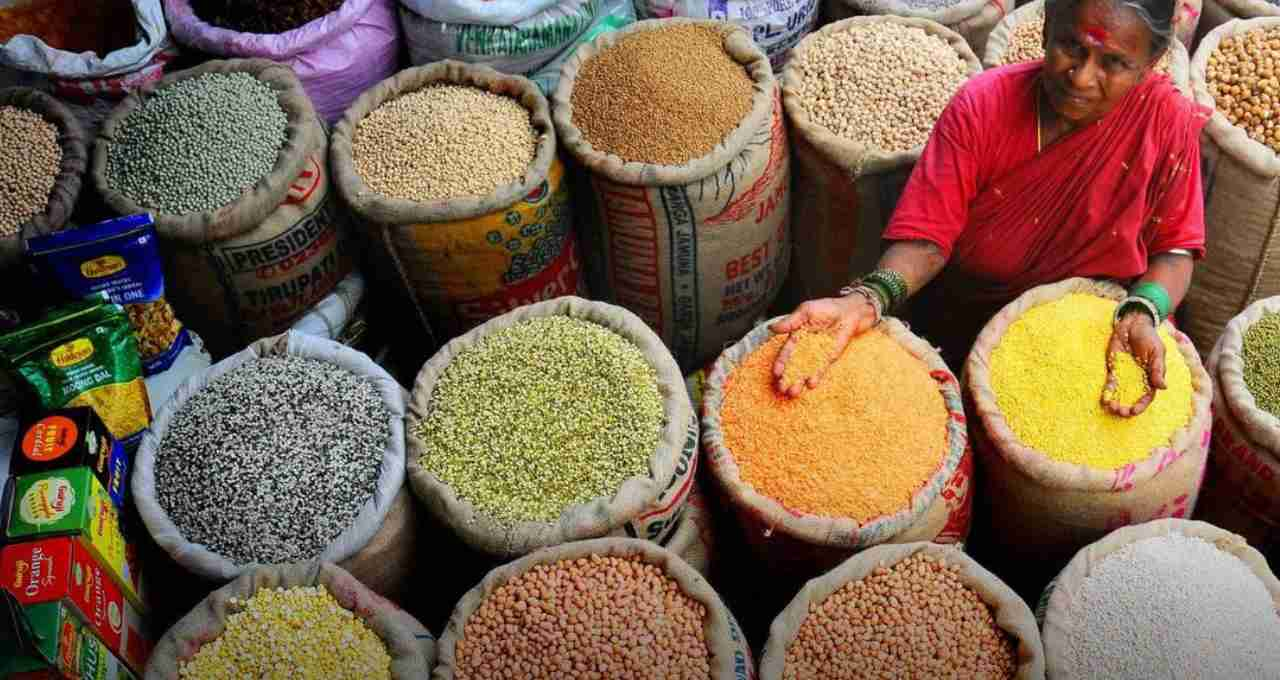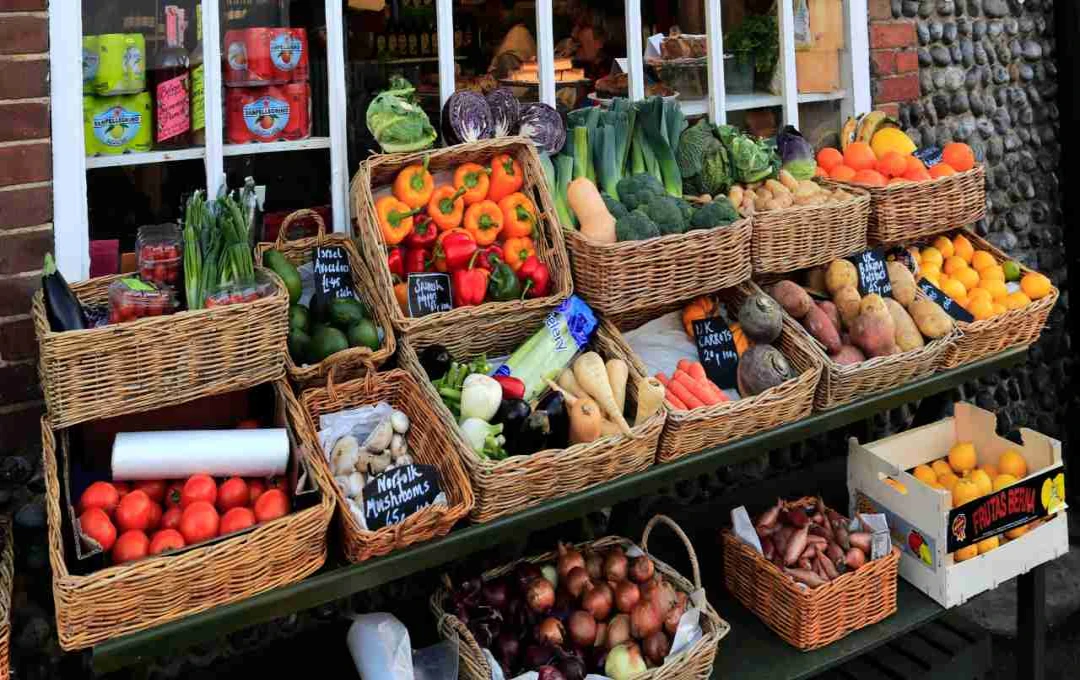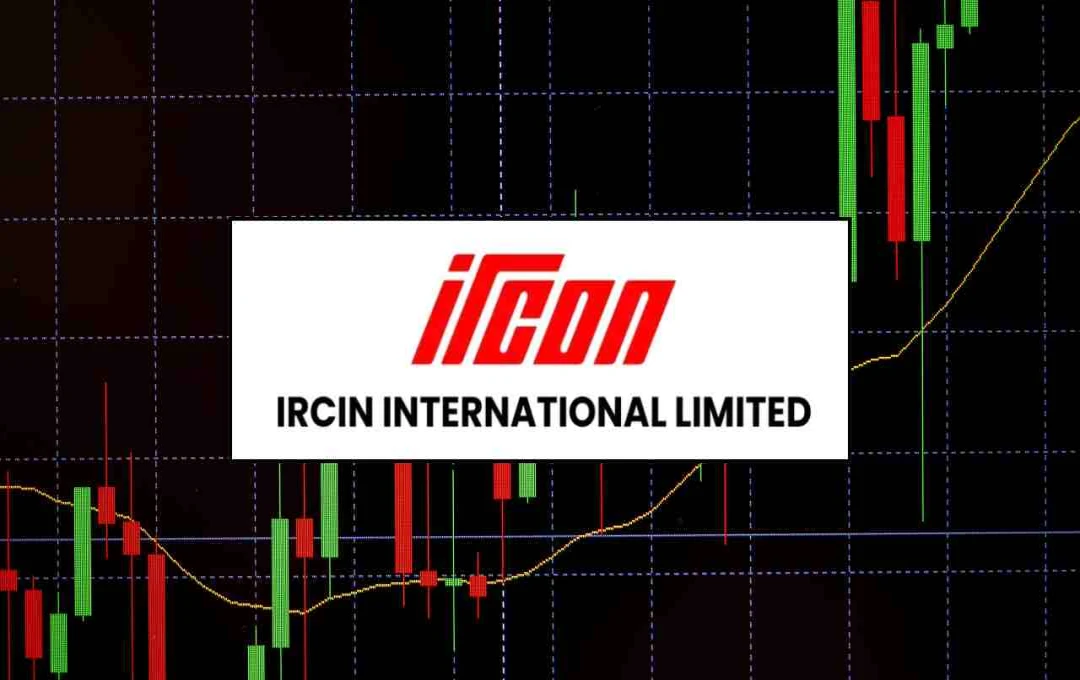Reassuring news on the inflation front has emerged for the general public. India's wholesale inflation rate has fallen to its lowest level in the past 14 months.
Positive news has emerged for the Indian economy. In May 2025, India's Wholesale Price Index (WPI)-based inflation rate witnessed a significant decline, reaching a 14-month low. The primary reasons behind this drop are reduced food prices and decreased costs in the manufacturing sector. This is expected to provide relief to ordinary consumers in the cost of daily necessities.
Wholesale Inflation Rate Decreased in May
According to data released by the Indian government, the wholesale inflation rate in May fell to 2.13 percent, down from 2.85 percent in April. This decline represents the lowest level in the past 14 months. Consumers can directly benefit from this, as wholesale inflation impacts retail inflation.
Significantly, the wholesale inflation rate for food items also decreased. In May, this rate stood at 1.72 percent, compared to 2.55 percent in April. This indicates a reduction in the cost of goods across the supply chain, from farmers and distributors to the retail market.
Easing in Manufacturing Products

A major contributor to the decline in the wholesale inflation rate is the reduction in costs for manufacturing products. In May, the manufacturing-based WPI fell to 2.04 percent, down from 2.62 percent in April. This suggests that factories and manufacturing units are experiencing lower input costs, leading to reduced production expenses.
This change will not only impact consumer goods but also improve the investment climate, as higher production will be possible at lower costs.
Sharp Decline in Vegetable and Potato Prices

Data shows a significant drop in the wholesale inflation rate for potatoes. In April, it was -24.30 percent, further decreasing to -29.42 percent in May. This will directly impact retail potato prices, providing relief to consumers.
Similarly, the wholesale inflation rate for onions decreased from 0.20 percent to -14.41 percent. The overall vegetable inflation rate fell from -18.26 percent to -21.62 percent. The inflation rate for protein-based food items like meat, fish, and eggs also decreased from -0.29 percent to -1.01 percent.
Stability in Fuel and Energy Prices
The wholesale inflation rate in the fuel and power sector also decreased in May. It was -2.18 percent in April and slightly decreased to -2.27 percent in May. Stability in global crude oil prices and a balanced domestic fuel policy are contributing to this relief.
Easing in Retail Inflation Rate
Along with the wholesale inflation rate, India's retail inflation rate also witnessed a notable decline. According to government data released on June 12th, the retail inflation rate in May 2025 fell to 2.82 percent, down from 3.16 percent in April and 3.34 percent in March. This is the lowest level in the past 67 months, or nearly six years. The last time retail inflation was recorded at 2.86 percent was in 2019.
The main reason for the decline in the retail inflation rate is the softening of food prices. Essential commodities like fruits, vegetables, grains, and milk becoming cheaper are directly impacting household budgets.
Strong GDP Growth Rate Maintained
Amidst the easing inflation, the Indian economy also shows stability. India's GDP growth rate in the fourth quarter of fiscal year 2024-25 was recorded at 7.4 percent, exceeding the estimated 6.5 percent. While slightly lower than the average 8.4 percent of the previous two years, this performance is commendable in the face of global uncertainty.
A GDP growth rate of 6.2 percent is projected for fiscal year 2026, indicating that India's economic foundation remains b and the country is progressing on its growth path.
Relief for Consumers
The decline in inflation at both wholesale and retail levels will directly benefit consumers. It will help balance household budgets and potentially increase purchasing power. This situation is particularly relieving for the middle and lower-income classes, who are affected by daily commodity prices.
Furthermore, this could also impact interest rates. If inflation remains under control, the Reserve Bank may consider reducing interest rates in the future, making loans cheaper and boosting investment.















